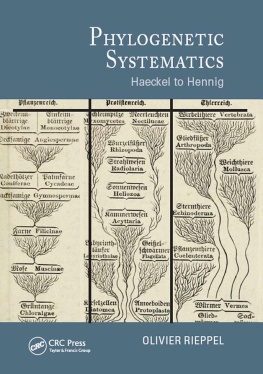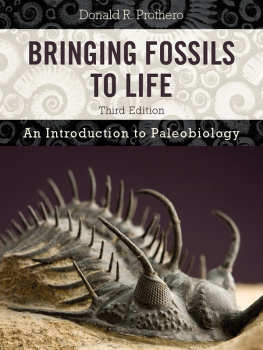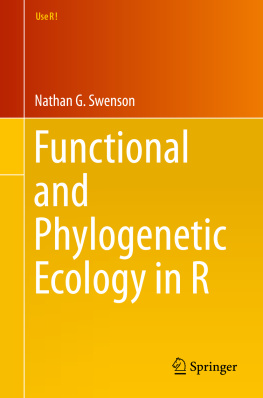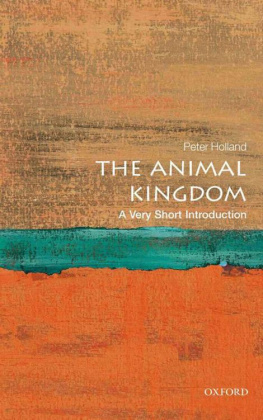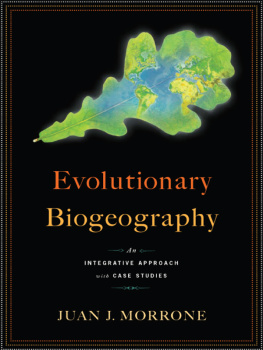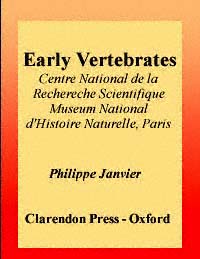| 'Early vertebrates', the title of this book, admittedly sounds vague and uninformative by comparison with 'Palaeozoic fishes', the title of a now-famous book by J. A. Moy-Thomas (1939, revised by R. S. Miles 1971), but I deliberately chose these words to avoid linking groups of animals with particular geological periods, even though most of the species dealt with here are in fact 'fishes' and are of Palaeozoic age. Since the mid-nineteenth century, to most people, 'early' has meant primitive, and my chosen title may be expected to tell something of originsorigins of the vertebrates, of jawed vertebrates, of bony jawed vertebrates, or bony, four-legged jawed vertebrates, etc. I shall indeed allude to questions about origins of structures where the fossils permit, but this book is mostly about relationships: relationships between characters (homologies) and between taxa (that is, characterized and named groups of organisms). Looking for relationships is the only way of depicting diversity with some logic or order, and orderliness is just what is needed to save time when there are many things to learn. |
| In writing this book, my concern was to do something different from the few other works on the same subject published during the last thirty years or so, in particular Moy-Thomas and Miles's (1971) Palaeozoic fishes and Jarvik's (1980-1) Basic structure and evolution of vertebrates. The former had a considerable success among students because of its simplicity, and the second was much appreciated by professional biologists and palaeontologists because of the large amount of anatomical data it contains. Both books also deal with relationships among higher taxa, but with different methods and different results. Moy-Thomas and Miles's Palaeozoic fishes appeared at the dawn of a major change in comparative biology, the rise of Hennig's (1950) phylogenetic systematics (now known as 'cladistics'), and was the first textbook on early vertebrates in which this method of phylogenic reconstruction is foreshadowed. The power of cladistics is to propose a hierarchy of the homologies, from the most general to the most particular, which defines nested taxa and brings theories of relationships within the reach of refutation. Although agreeing with the cladistic principle of rejecting shared primitive characters in phylogeny reconstruction, Jarvik (1968, 1980, 1981a.b) discards the widespread consensus on vertebrate interrelationships. This is because of his transcendental approach to vertebrate structure, i.e. his view is that any character can appear independently from a basic, ideal vertebrate pattern (see Schultze and Trueb 1981). The result is that much argument was needed to refute congruent character distributions that were otherwise clear and obvious to most anatomists. In sum, the choice is between oversimplistic and over-complicated approaches. I felt that even if simplicity may be the source of mistakes, e.g. by overlooking details that suggest homoplasy, excessive complexity often makes a theory inaccessible to refutation and thus of little use in a scientific debate. I therefore opt for simplicity, even at the cost of reducing the description of anatomical details that I do not regard as crucial to the understanding of the phylogenetic pattern. |
| In order to make this book of more general use, I have included some classical considerations of 'transformations', i.e. evolutionary morphology, which can be superimposed on patterns of relationships, yet involving a large measure of speculation. Moreover, I have ventured into the realm of 'life history', which is even more speculative. |
|



